
I
Over a century ago, Swami Vivekananda reminded us that each soul is potentially divine and the goal of life is to manifest this divinity within.
The challenge ahead of us is translating this compelling vision into new models of education, new models of work, new models of living, and new models of institutions and society.
The Science of Human Possibilities is the pathway or means to translate this vision into reality.
II
To understand the term ‘science of human possibilities’, let us begin with the core axioms.
Axiom 1
Inside each human being lies infinite potentiality and the more we manifest this potentiality, the more fulfilled we are as human beings.
Axiom 2
When this potentiality (in a seed form) becomes manifest, it translates from a dormant potentiality to an active possibility. The real challenge therefore is to enable human beings to translate more and more of their dormant potentialities into active possibilities. A second, equally important challenge is to nurture and develop the active possibilities so that they are fully manifest as unique capabilities and contributions associated with the individual.
The axioms, by themselves, are fairly simple and known widely to anyone familiar with Ramakrishna-Vivekananda literature. The real question is: how to translate this vision into millions of transformed human beings across India and the rest of the world?
This means that the real bottleneck is not understanding these axioms, but assimilating them, thereby reshaping our engagement with ourselves, with others, and with society at large.
III
Bu hikaye The Vedanta Kesari dergisinin October 2020 sayısından alınmıştır.
Start your 7-day Magzter GOLD free trial to access thousands of curated premium stories, and 9,000+ magazines and newspapers.
Already a subscriber ? Giriş Yap
Bu hikaye The Vedanta Kesari dergisinin October 2020 sayısından alınmıştır.
Start your 7-day Magzter GOLD free trial to access thousands of curated premium stories, and 9,000+ magazines and newspapers.
Already a subscriber? Giriş Yap
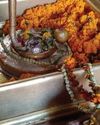
Panchakroshi Parikrama of Varanasi
At the snow-capped Kailas, the Divine Lord Shiva was seated with Mother Parvati.
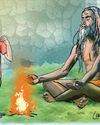
Gadai and the Monks
A fictional narrative based on incidents from the childhood of Sri Ramakrishna.
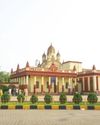
Chintayo momo maanosho Hori...
Sri Ramakrishna loved songs. There probably was no normal day when he did not sing some songs.
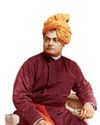
The Vedanta Vaccine
The world is still struggling under the impact of the pandemic due to Covid-19 for the last three years.

Chandrakirti's Chariot: Self in Madhyamaka Buddhism and Advaita Vedanta
The goal in Advaita Vedanta is the cessation of suffering and the attainment of true fulfillment. Suffering, according to this school, is due to ignorance of the true nature of the self and consequent erroneous identification with the body-mind.
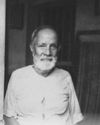
Reminiscences of Sargachhi
Question: यद्यदाचरतत श्रेष्ठसतत्तदरेवरेतरो जनिः। ‘Whatever a superior person does, others do the same thing!’ (Gita 3:21) – What does this statement mean?
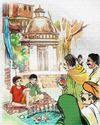
THE AUTUMN FESTIVAL
A fictional narrative based on incidents from the childhood of Sri Ramakrishna.

Bards of Guruvayur: Vilwamangalam II
Saints of India
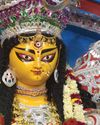
In the Universal Mother’s Divine Playground
Swami Vivekananda never taught the worship of Mother Kali. In a letter to Mary Hale he writes, “Kali worship is not a necessary step in any religion.
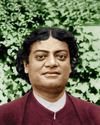
Swami Vivekananda: A Sportsman Par Excellence
In various books and articles, Swami Vivekananda has been called a spiritual leader, a prophet, a patriot, a social reformer, a philosopher, a yogi, a writer, an orator, an educationist, a musician, and so on.